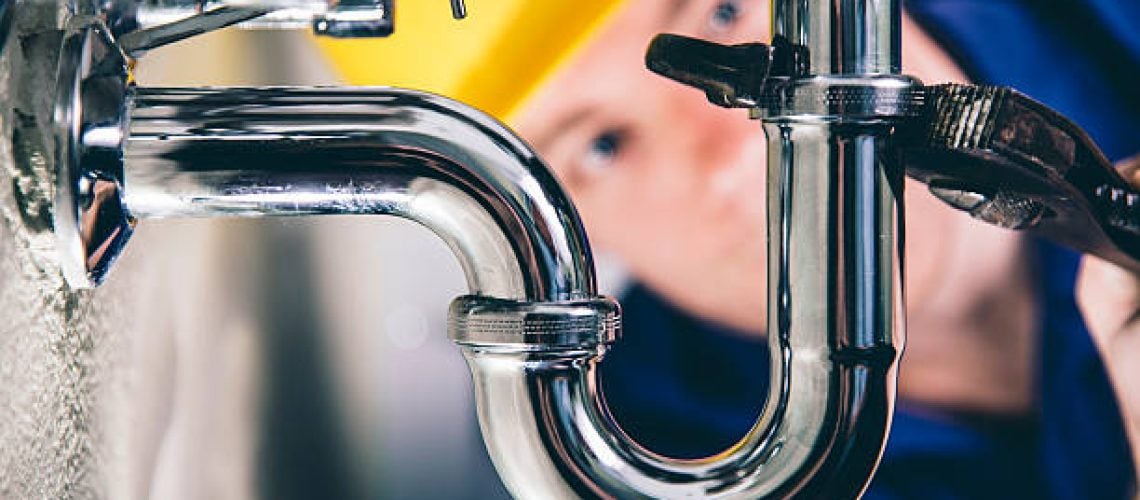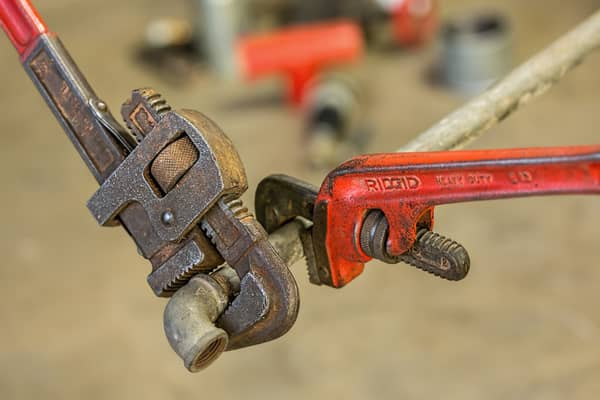We have stumbled on the article relating to What to Know About Plumbing: Basics, Tips, and Insights down the page on the net and decided it made perfect sense to share it with you over here.

Plumbing is a necessary element of any type of home, in charge of providing clean water for drinking, food preparation, and showering, in addition to removing wastewater securely. Comprehending the fundamentals of home plumbing is essential for every single property owner to ensure appropriate maintenance, troubleshooting, and, if essential, repairs. In this novice's guide, we'll cover the basic concepts of home plumbing to aid you come to be more familiar with just how it functions.
Water System System
The supply of water system brings tidy water right into your home from a community water source or a personal well. It contains a major water line that links to your home's plumbing system, usually situated underground. A water meter gauges the amount of water eaten, while a shut-off valve allows you to regulate the circulation of water into your home.
Plumbing Fixtures
Plumbing components are tools that deliver water to various parts of your home and include sinks, taps, bathrooms, showers, bath tubs, and home appliances such as dishwashers and washing equipments. Each component is attached to the water supply system using pipes and installations and might have its shut-off valve for maintenance or emergencies.
Water Furnace
The water heating system is accountable for home heating water for residential usage, consisting of bathing, cooking, and cleansing. Usual sorts of water heaters consist of tank-type hot water heater, tankless (on-demand) hot water heater, and heatpump hot water heater. The water heater is attached to the water supply system and delivers hot water to plumbing fixtures as needed.
Drainage System
The water drainage system removes wastewater from your home and lugs it away to a sewer therapy facility or septic system. It includes a network of pipes, installations, and fixtures that transfer wastewater from plumbing fixtures to the major drain line or septic system. Appropriate drain is necessary to avoid obstructions, backups, and sewer leakages.
Air flow System
The ventilation system helps keep proper air pressure and prevent sewage system gases from entering your home. Air vent pipes, likewise referred to as vent heaps, extend from plumbing fixtures to the roofing, allowing sewage system gases to escape safely outside. Air flow pipelines additionally permit air to go into the drain system, assisting in smooth wastewater circulation and preventing suction or vacuum cleaner impacts.
Common Plumbing Devices
Having the right devices accessible is crucial for doing fundamental plumbing repair work and maintenance jobs. Common plumbing devices include adjustable wrenches, pipe wrenches, pliers, pipeline cutters, hacksaws, plungers, augers (or drain snakes), and Teflon tape. Having these tools readily available can assist you tackle minor plumbing concerns successfully.
Standard Plumbing Repairs
While some plumbing repairs may require expert aid, several usual issues can be addressed with basic DIY techniques. Discovering just how to deal with a leaking tap, unblock a drainpipe, replace a commode flapper, or repair a dripping showerhead can conserve you time and money on plumbing repair services.
Conclusion
Comprehending the basics of home plumbing is crucial for each home owner to preserve a risk-free, functional, and effective plumbing system. By acquainting on your own with the supply of water system, plumbing fixtures, water drainage system, ventilation system, common plumbing tools, and fundamental repairs, you can confidently deal with minor plumbing concerns and guarantee your home's plumbing system operates smoothly.
Understanding Basics of Home Plumbing System: A Beginner's Guide
The Main Components of Your Home Plumbing System
The Water Supply System
This system is responsible for transporting fresh water into your home. It usually has a main water line that splits into two branches: one directed towards cold water services and the other connected to a water heater for hot water. The pressure is key here; it ensures water reaches all parts of your house.
The Drainage System
Once water has been used, it becomes wastewater that needs to be removed from your home. This is where the drainage system comes into play. It includes all the pipes that carry wastewater and sewage away from your house to sewage treatment facilities or septic tanks.
The Vent System
The vent system prevents sewer gases from entering your home and helps maintain the pressure balance that allows wastewater to flow out properly. These vents usually exit through the roof of your house.
Water Heating System
For those who enjoy hot showers or using hot water for cleaning, the water heater is a crucial part of the plumbing system. It can be a tankless system, which heats water on demand, or a traditional water tank model.
Common Plumbing Problems and Basic Troubleshooting
Plumbing systems, while designed to be durable, can face issues like clogged drains, leaky faucets, or low water pressure. Here are some basic troubleshooting tips:
Clogged Drains
Use a plunger or a plumber's snake to try and dislodge whatever is blocking the drain. Regular cleaning can prevent clogs.
Leaky Faucets
Often caused by worn-out washers or gaskets, these can usually be replaced by someone with basic DIY skills.
Low Water Pressure
This might be due to sediment build-up in your fixtures or a leak somewhere in your water line. Cleaning out aerators or seeking a professional to detect leaks might be necessary.
Preventive Maintenance Tips
Maintaining your plumbing system is key to avoiding emergencies. Regularly check for leaks, avoid disposing of grease down the sink, and have your system inspected by a professional plumber at least once a year.

I found that blog posting about How Does the Plumbing Work in Your Home? when scouting around the web. Enjoyed reading our write up? Please share it. Help somebody else discover it. Many thanks for taking the time to read it.
Explore Now